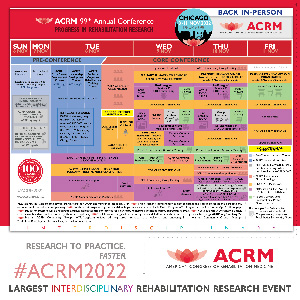Back
Symposium
Measurement
Demonstrating Value: Rethinking Objective Strength Measurement in Daily Clinical Practice
Friday, November 11, 2022
11:00 AM – 12:15 PM

Frank Aerts, PT, DScPT, OCS (he/him/his)
Physical Therapist
MET Seminars USA
La Porte, Indiana, United States
Becky Alwood, MHS, OTR/L
Occupational Therapist
MET Seminars
La Porte, Indiana, United States
Presenter(s)
The assessment and rehabilitation of strength is a fundamental component of physical therapy and occupational therapy. Current therapy practice is dominated by subjective manual muscle testing despite the availability of objective strength measurement using hand-held dynamometry. While research on the reliability and validity of hand-held dynamometry is robust, a gap between academic research and practical application remains. Findings from a survey of practicing physical therapists show that while 93% of respondents indicate the importance of tracking strength for the patient's plan of care, under utilization of hand-held dynamometry is due to inadequacy of exposure and training. This session serves as a bridge to provide clinicians with standardized testing postures and positions, instrument placement, and best practices for achieving accurate and reliable objective strength measurements.
Learning Objectives:
- Identify 2 reasons for using hand-held dynamometry in addition to manual muscle testing.
- Explain how to increase reliability with the technique by standardizing the position of the patient, the provider, and the instrument.
- Justify hand-held dynamometry as a tool for clinical documentation, demonstrating progress, and patient motivation.

.jpg)
